
The fat-tailed mouse lemur, scientifically known as Cheirogaleus medius, is an omnivore that mainly eats flowers, fruits, plant leaves and small invertebrates. It is a nocturnal animal and usually comes out to forage at night.Listed in the "World Conservation Union" (IUCN) ver.: 2008 Red L...

The hairy-eared mouse lemur (scientific name Allocebus trichoti') is a lemur native to northeastern Madagascar. It is the only species in the genus Allocebus. This animal is seriously endangered, with only about 100-1000 individuals left.The hairy-eared mouse lemur is a nocturnal animal that liv...
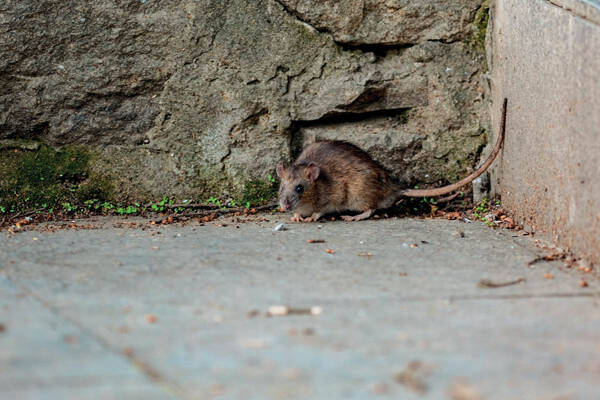
Brown rats belong to the subfamily Murinae. The species-level classification status is stable, but there are many synonyms and subspecies, and the issue of its merger is controversial. The individuals of this species are smaller in the north and larger in the south. They mainly live in houses and ar...
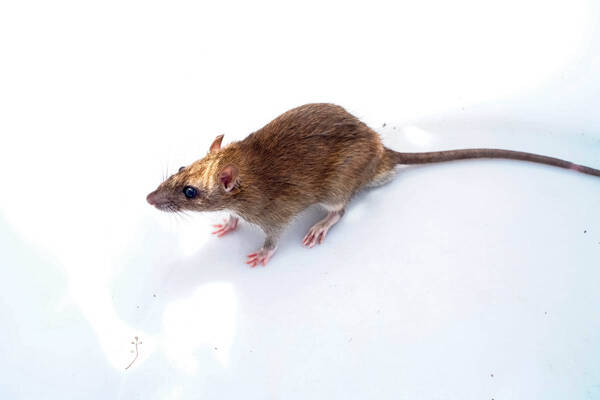
Big-footed rats belong to the Murinae subfamily. The species status is stable, but there are many synonyms, and there are great differences of opinion on the merging of these synonyms. This species mainly inhabits farmland and shrubs, and is generally not in houses. It is similar to the brown rat of...
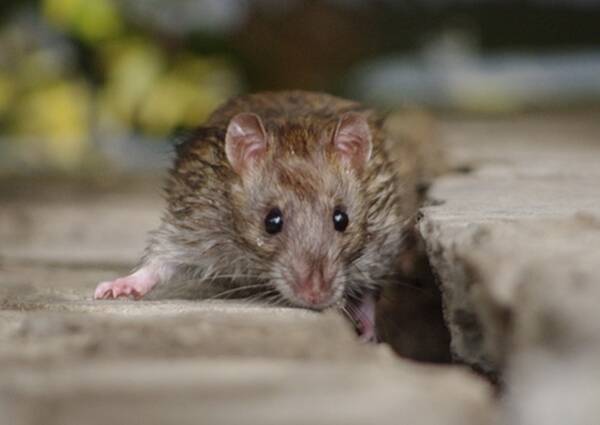
The yellow-haired rat belongs to the Murinae subfamily. The type origin of this species is Taiwan, my country. The species-level classification unit is stable, with few synonyms, but there are also disputes. It is mainly distributed in farmland, shrubs, mangroves, and garbage dumps around houses. It...

The black-margined rat belongs to the Murinae subfamily. This species was previously considered a synonym of the black house rat (<Rattus rattus>). It was not until Musser & Caeleton (2005) that it was made an independent species. It is a relatively special species in the genus Rattus, wit...
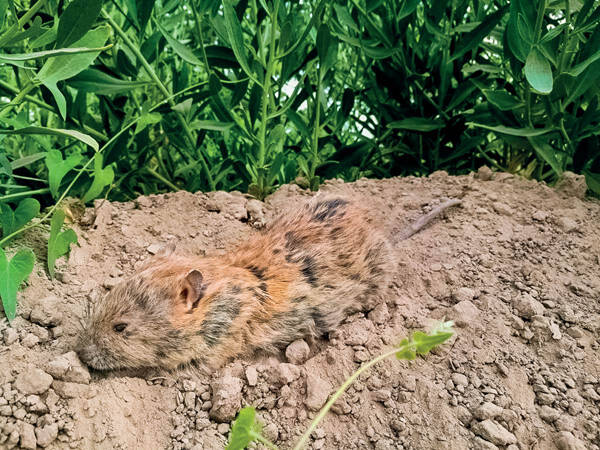
The Indian ground mouse belongs to the genus Nesokia of the subfamily Murinae. There are 2 species in the world and 1 species in China. There is not much controversy about the species status. In history, my country has named 2 species of ground mice, which were later proved to be synonyms of the Ind...
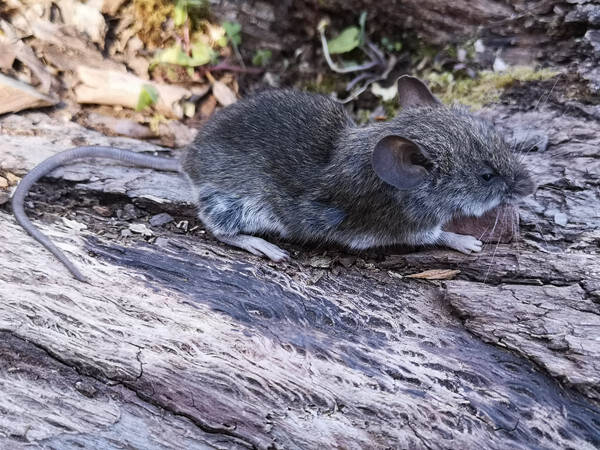
The taxonomic status of Sikkim mice is stable and there is little controversy. There are many subspecies, few studies on subspecies, and the status of several subspecies is unclear.Sikkim mice (scientific name: Mus pahari) are animals of the genus Mus in the family Muridae. In mainland China, they a...
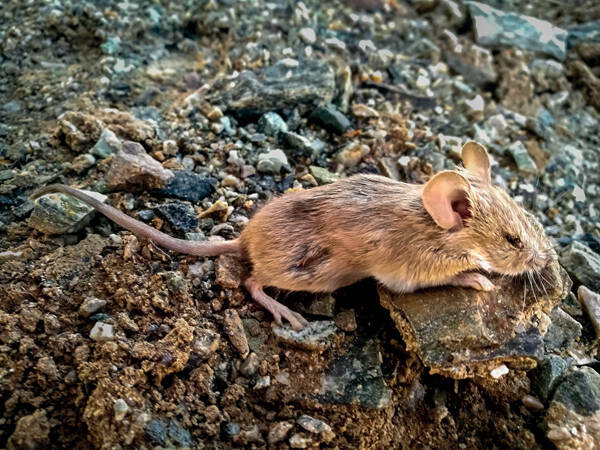
The house mouse belongs to the Murinae subfamily. The species originated in India and arrived at the Mediterranean coast at the end of the Pleistocene. The time of its entry into my country is unknown. The species is considered to be an unintentional introduction. In Xinjiang, Tibet, Qinghai, and th...
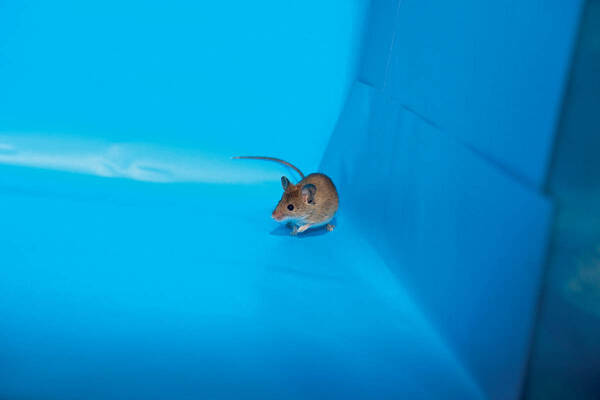
Castelloni's mouse belongs to the Murinae subfamily. The origin of the model is the Ryukyu Islands of Japan, so it is also called the Ryukyu House Mouse. my country is also the natural distribution area of this mouse. Unlike the house mouse, it is an alien species. Castelloni's mouse is an i...

The needle-haired mouse belongs to the Murinae subfamily. The species-level classification status is stable. The distribution altitude span is narrower than that of the communal mouse, generally not exceeding 1000m, and the vegetation type of the habitat is relatively simple, mainly distributed in b...
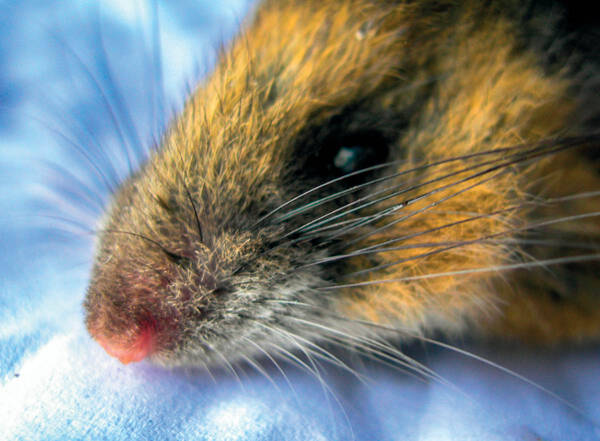
Gray-bellied rat belongs to the Murinae subfamily. The classification status is stable and undisputed. However, the differentiation of subspecies needs further study. It is a forest animal of medium and high altitudes, and the population is large in suitable habitats.Main uses and values: ornamental...
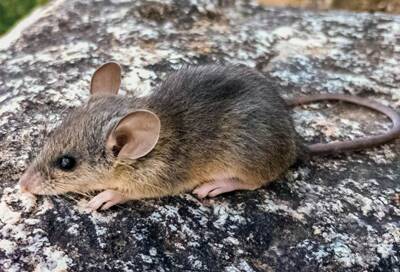
The Sichuan White-bellied Rat belongs to the Murinae subfamily. Previously, the Sichuan White-bellied Rat was considered a synonym of the Northern Rat. After the 1980s, its independent status was gradually accepted. The Sichuan White-bellied Rat is a larger individual of the genus Murina. It is a me...
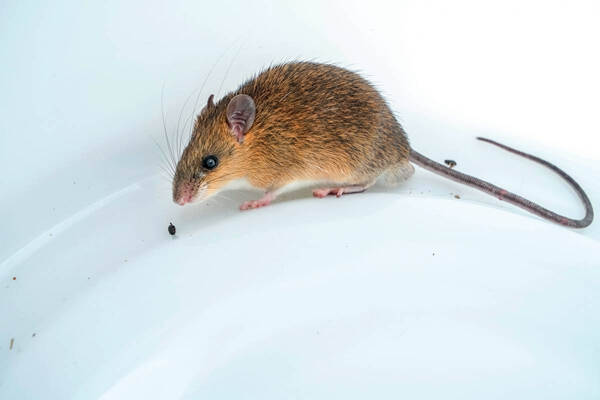
The Northern Society Rat belongs to the Murinae subfamily. The species-level classification status is stable, with many subspecies and some controversy. In appearance, it is somewhat confused with the Niviventer excelsior and Niviventer fulvescens. However, the Niviventer excelsior is larger, with a...
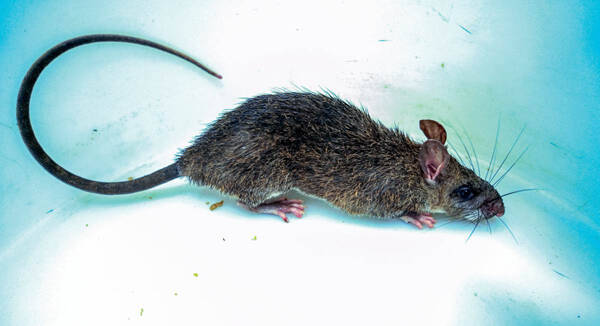
The white-bellied giant rat belongs to the Murinae subfamily and the genus Long-tailed Rat. There are 4 species in this genus worldwide, and only the white-bellied giant rat, also known as the small bubble giant rat, is found in China. It is distributed at low altitudes, generally not exceeding 1000...
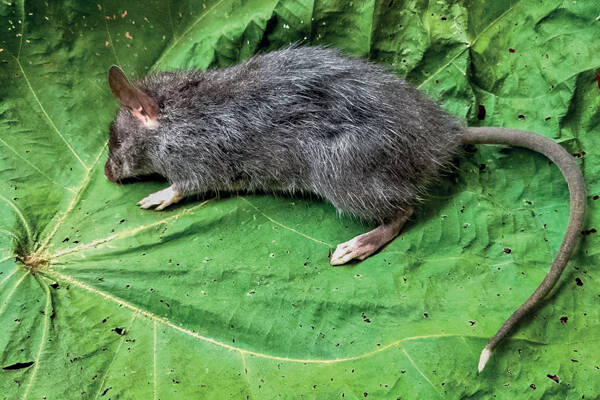
The blue-haired giant rat belongs to the subfamily Murinae. The genus Rattus was previously considered a subgenus of the genus Rattus, and was only promoted to an independent genus by Musser & Newcomb in 1983. The taxonomic status of this species is undisputed. Although this species is widely di...

The laminae belongs to the Murinae subfamily and is one of the largest species in the Murinae subfamily. The type origin is India. There are 3 species in this genus worldwide, and 1 species is distributed in China. The taxonomic status of this species is stable, and there are different opinions on w...
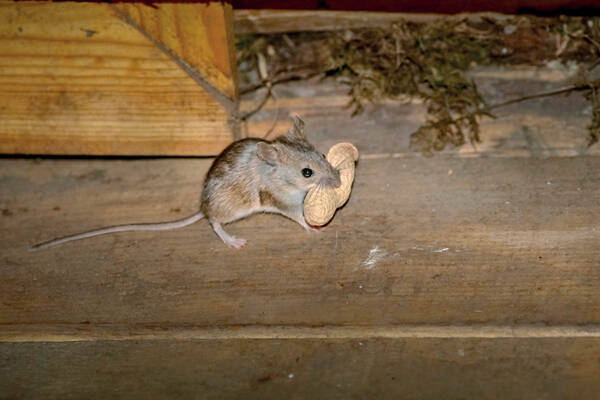
The small-eyed field mouse belongs to the Murinae subfamily. It mainly lives in relatively humid forests and forest-steppes, and enters grasslands and desert steppes along river valleys and shrubs. In northern Xinjiang, it mostly lives in broad-leaved forests dominated by poplars and willows, conife...
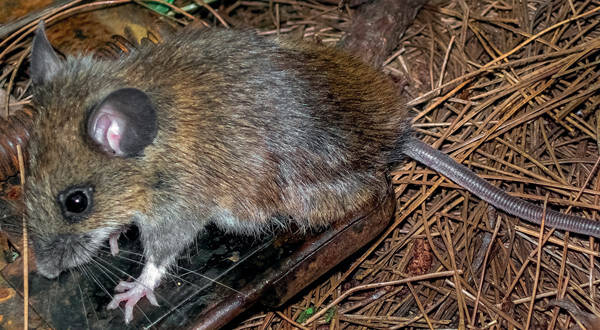
The Great Wood Mouse belongs to the Murinae subfamily, and its species-level classification status is stable, with more subspecies differentiation and greater divergence. It belongs to the group with a wider distribution, higher altitude (southern China), and northern latitude in the genus Apodemus....